Mining
The mountain mining works were characterised by the dispersion of the working areas and did not stimulate a great settlement evolution since its traditional origins. Thus, the most part of the workers maintained their residences in villages that did not undergo major changes. However, the progressive popularisation of vertical extraction shafts, which condensed the movement of hundreds of workers through a single point, acted as a real driving force for urbanisation in the lowlands.
This process was obviously not homogeneous over time and depended on the expansive and regressive phases of coal, on its relationship with the steel industry, on the improvement in wages that allowed the development of the expansion plans and, finally, on town planning legislation.
The autarchic period of General Franco's military dictatorship encouraged coal mining, which was always based on low wages that tried to compensate for the miserly capital investment by the entrepreneurs, but which could not encourage real estate development. Thus, the creation of housing groups, both by Instituto Nacional de la Vivienda (INV), Obra Sindical del Hogar (OSH) and other organisations since the 1940s, provided fair and decent housing for workers and freed the villages from housing migrant workers. It also housed a first group of indigenous workers who left the villages and began their definitive proletarianisation.
The so-called mining neighbourhoods that populate the Asturian mining territories have different approaches, but two of them stand out. The first one has large INV dwelling units organised around courtyards and a layout based on the Hispanic main square, with Neo-Herreresque aesthetic elements (i.e. eaves, roofs, enclosures) that have been greatly modified since then. The second one has small and medium-sized OSH dwelling units with brick facades, bounded by side walls with artificial stone cladding, which also incorporated skirting boards, porch canopies and glass brick-enclosed stairwells.
GALERÍA DE IMÁGENES

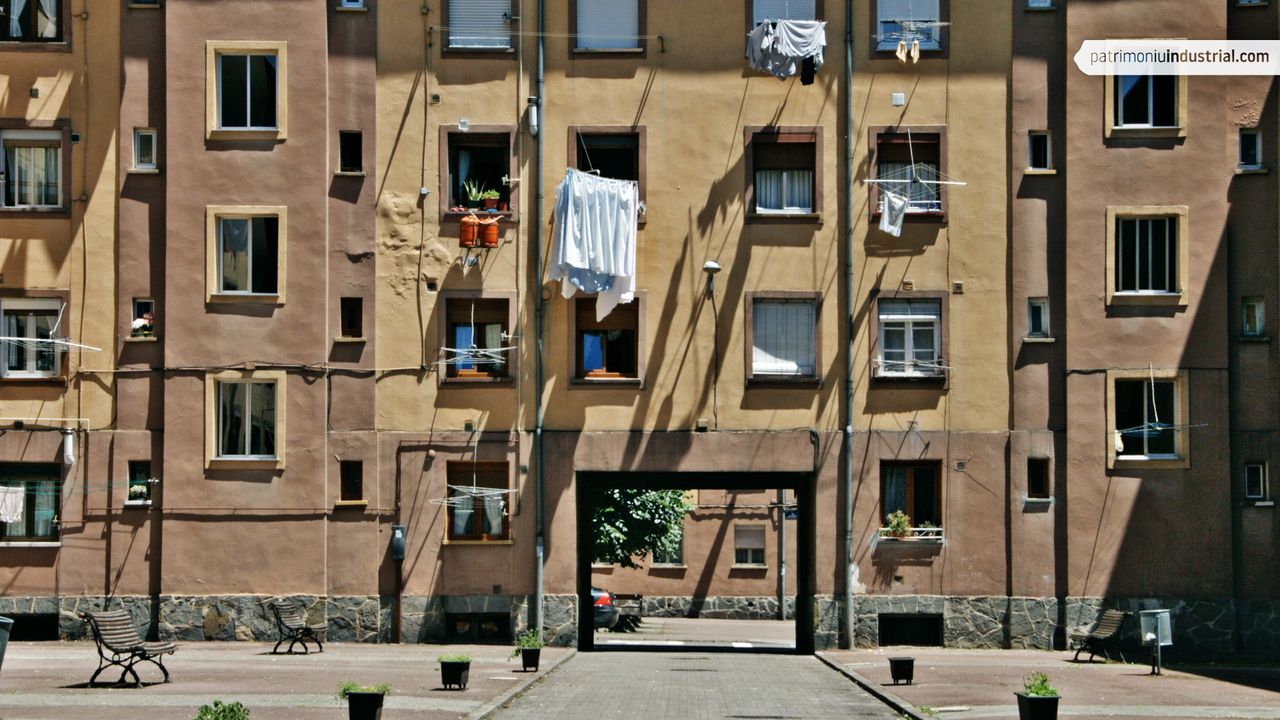

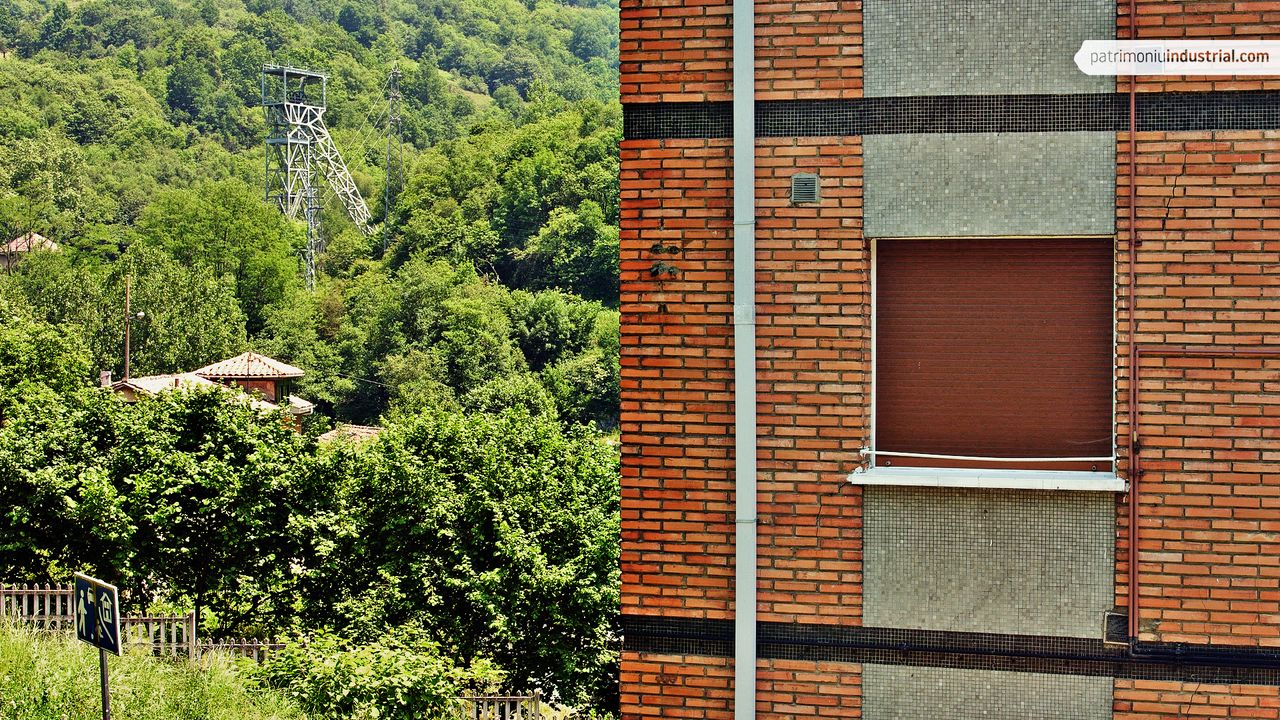
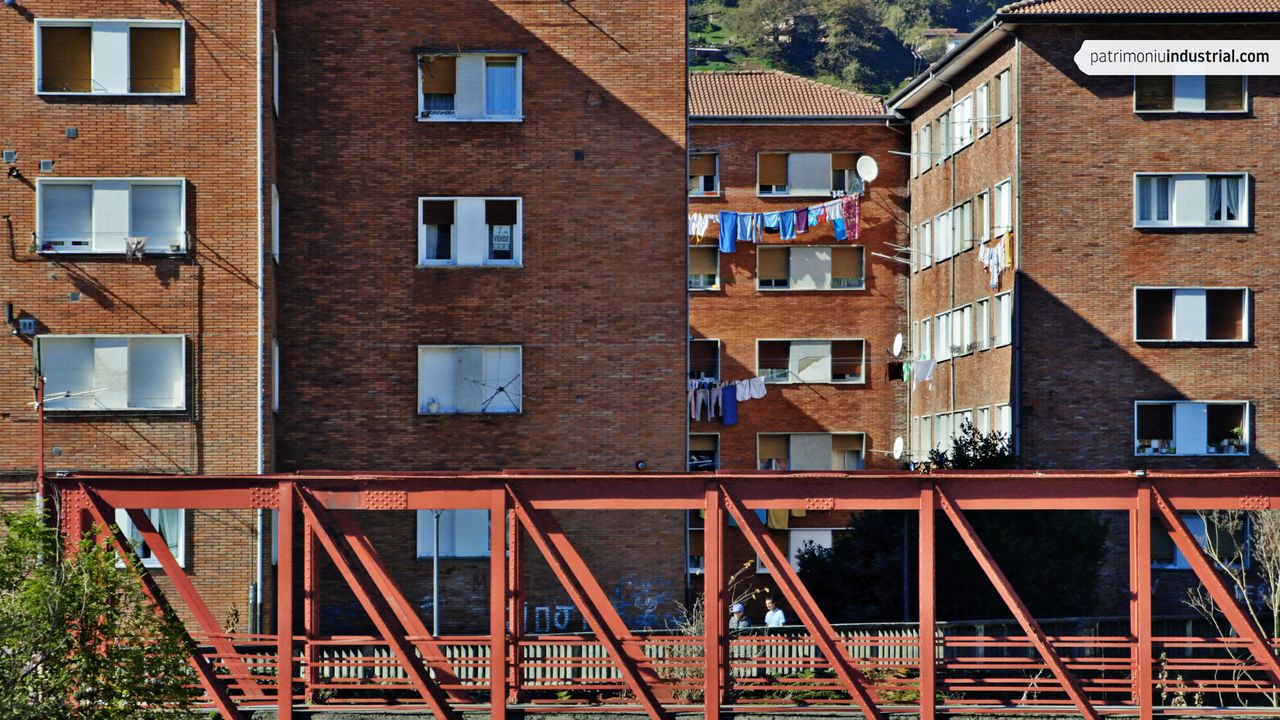

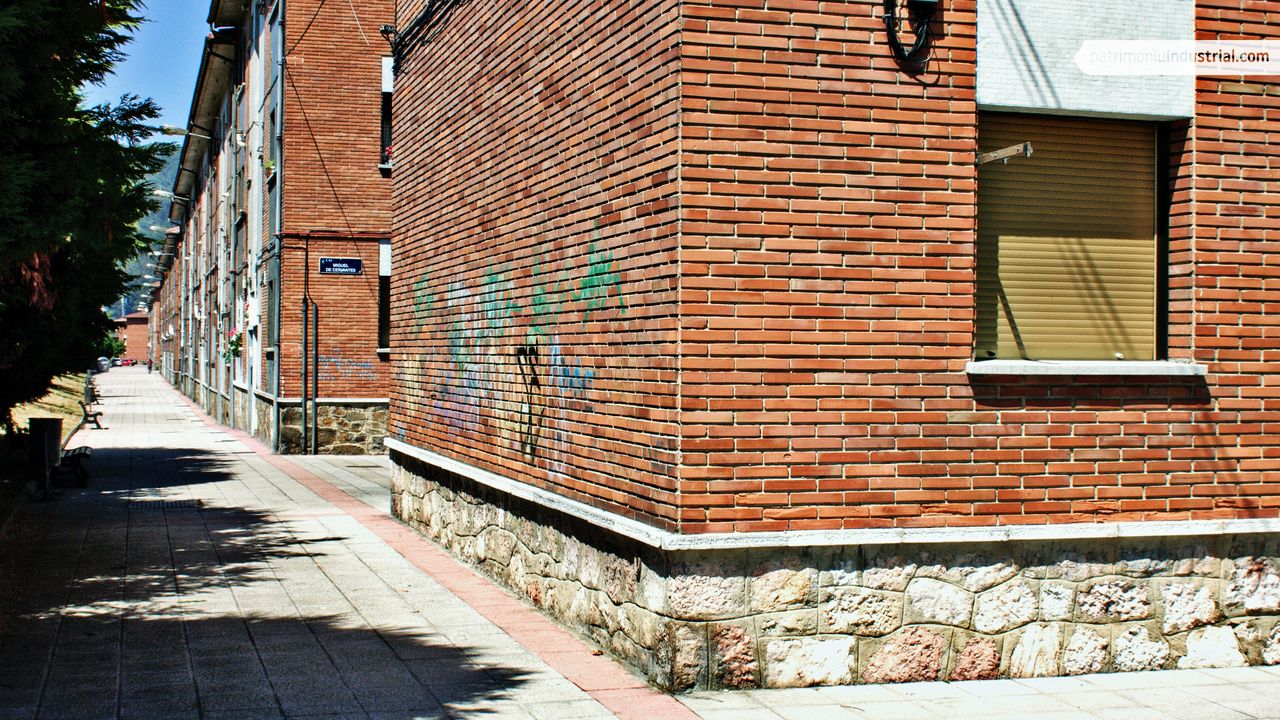
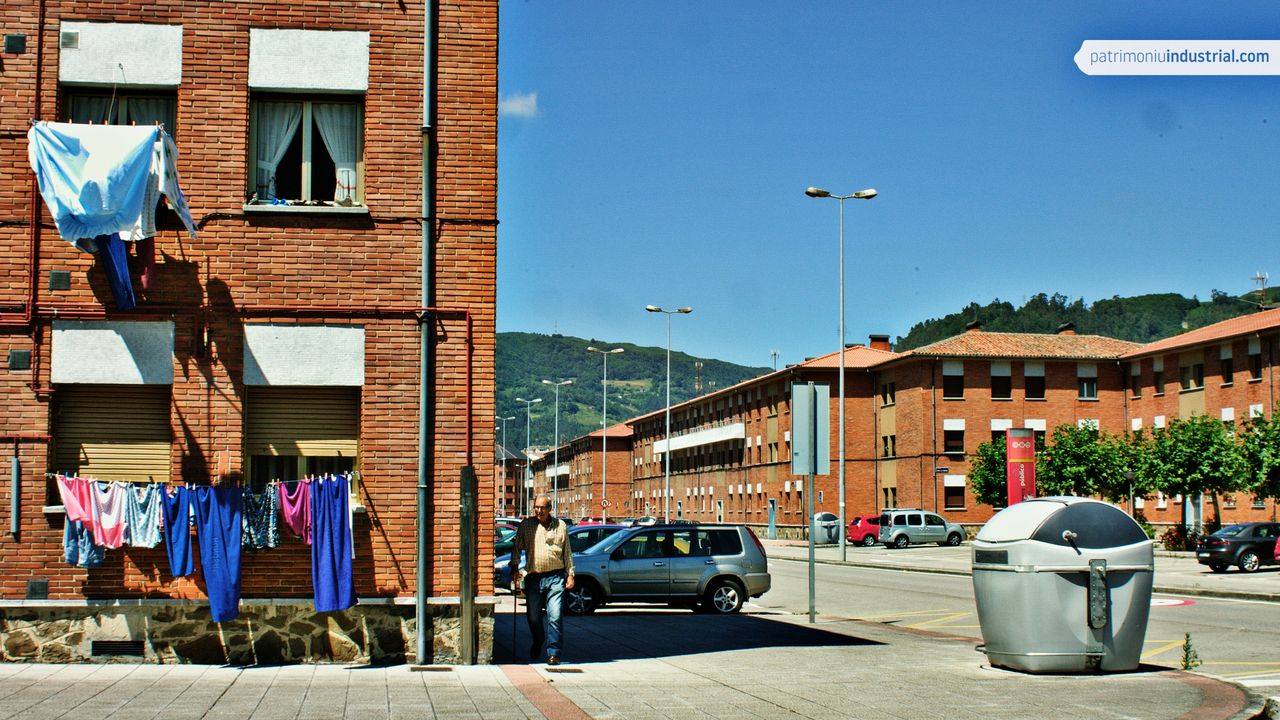
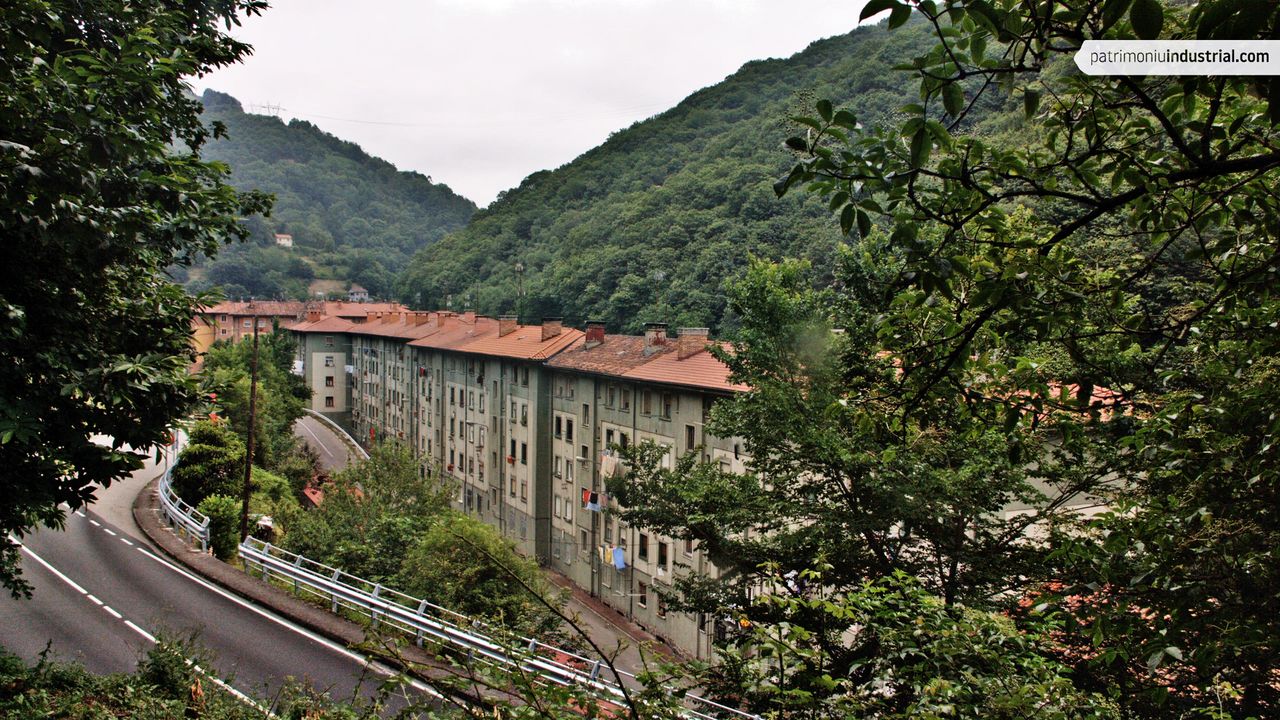
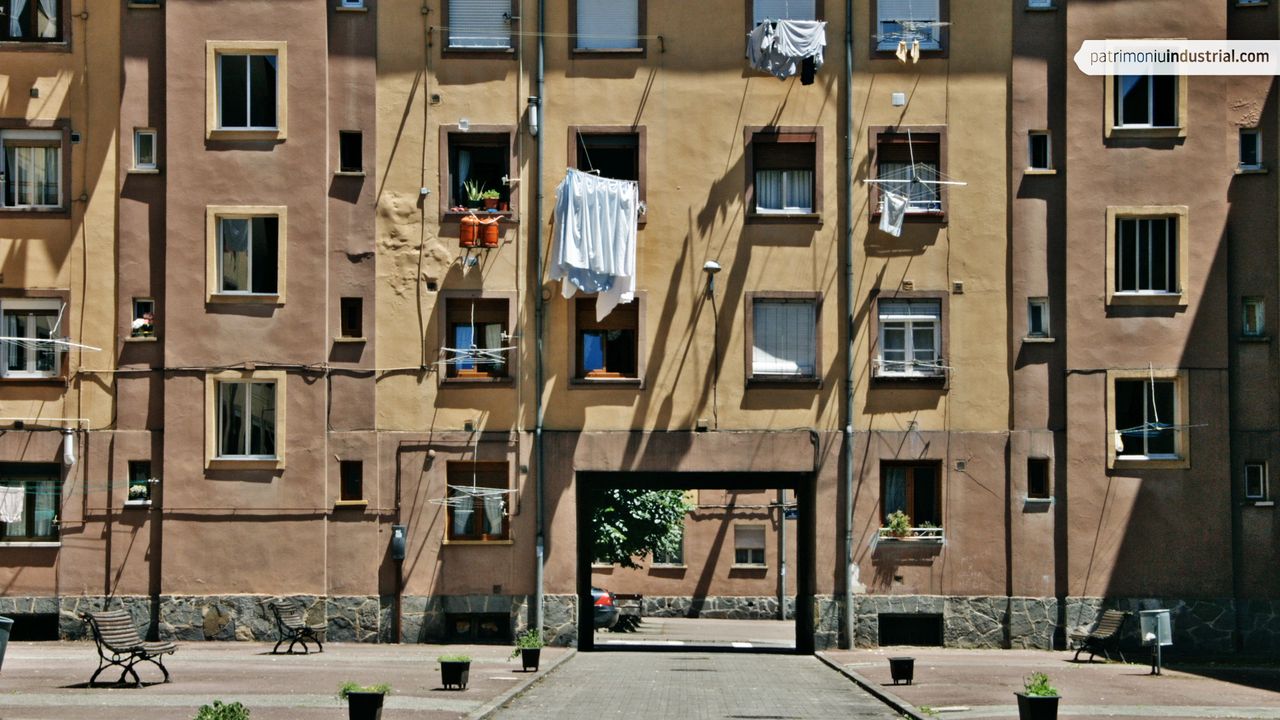
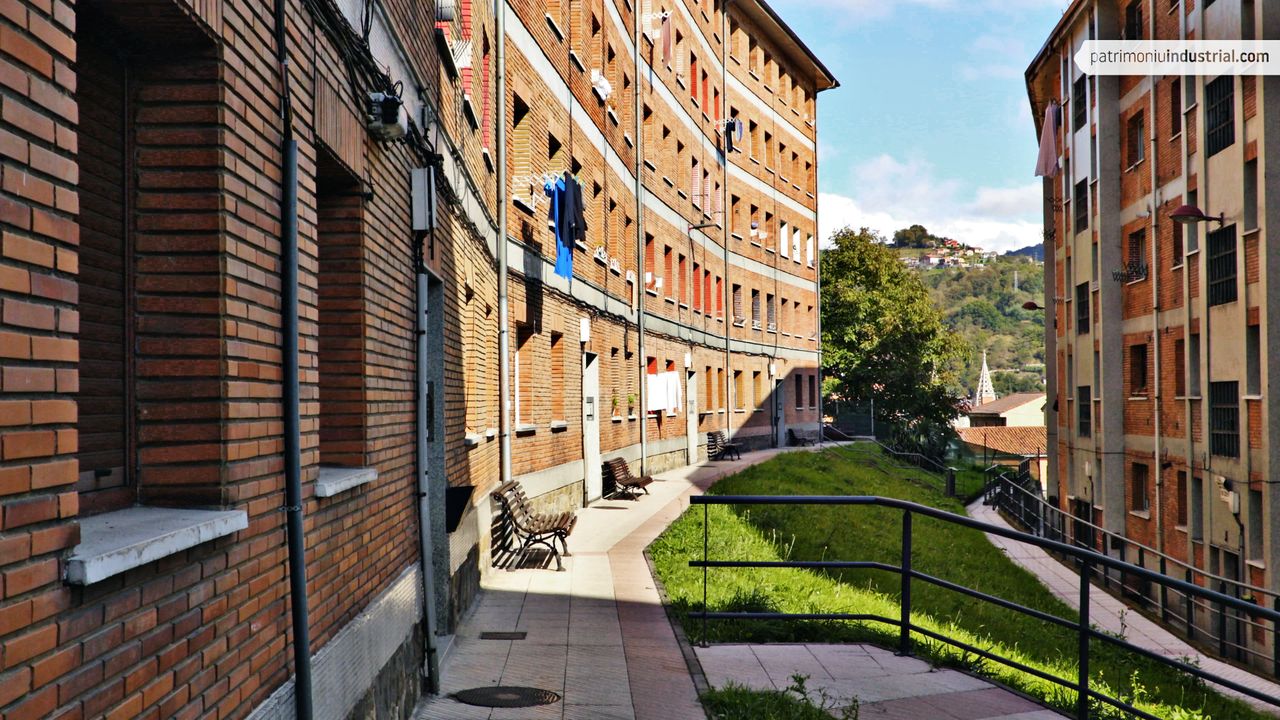
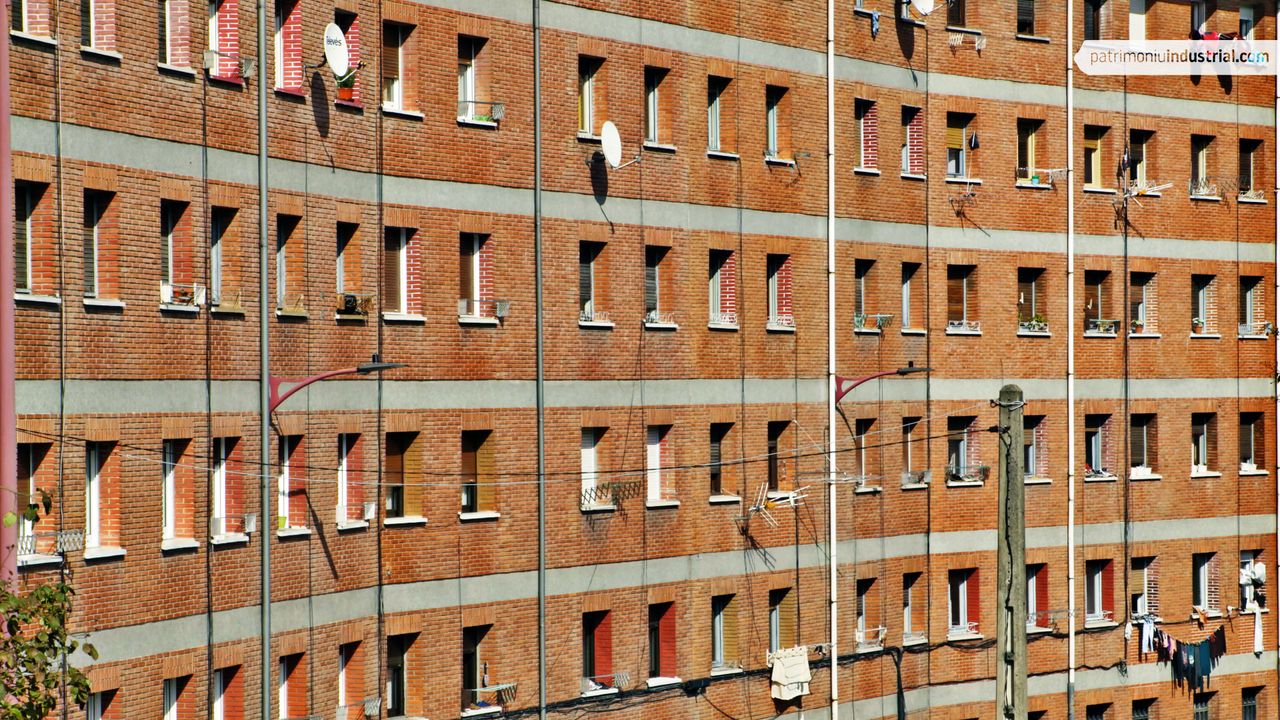
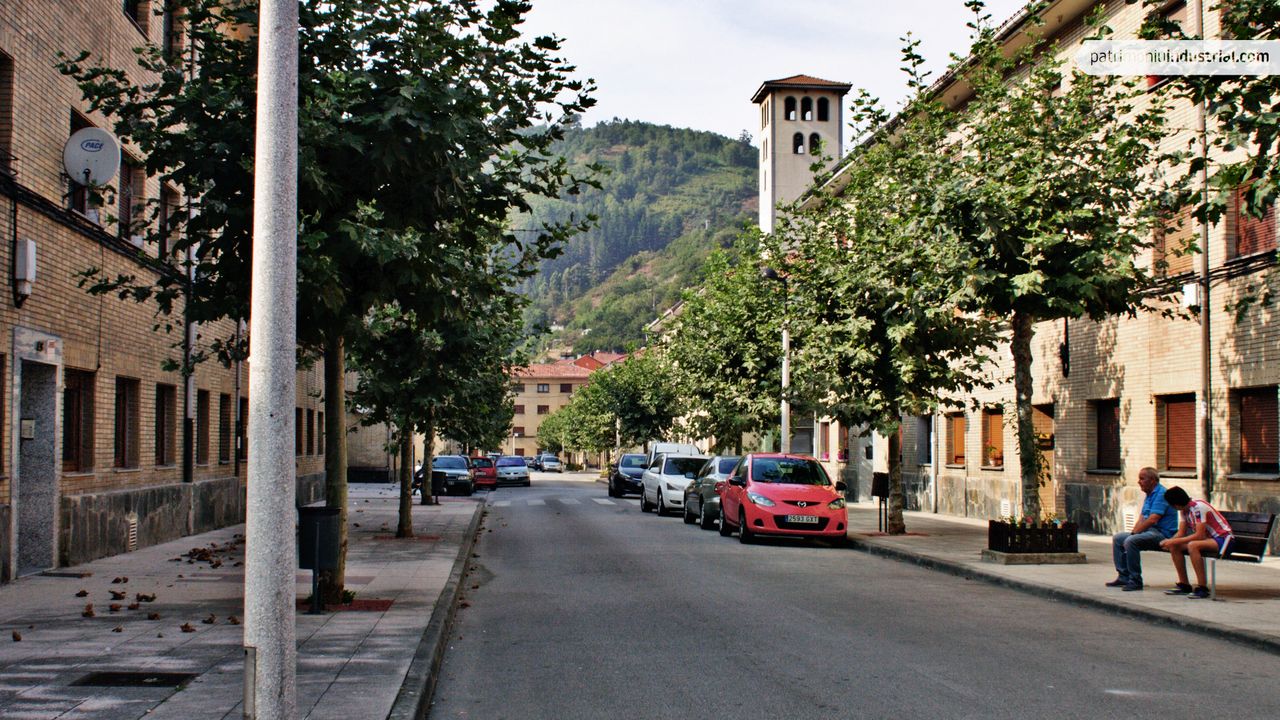
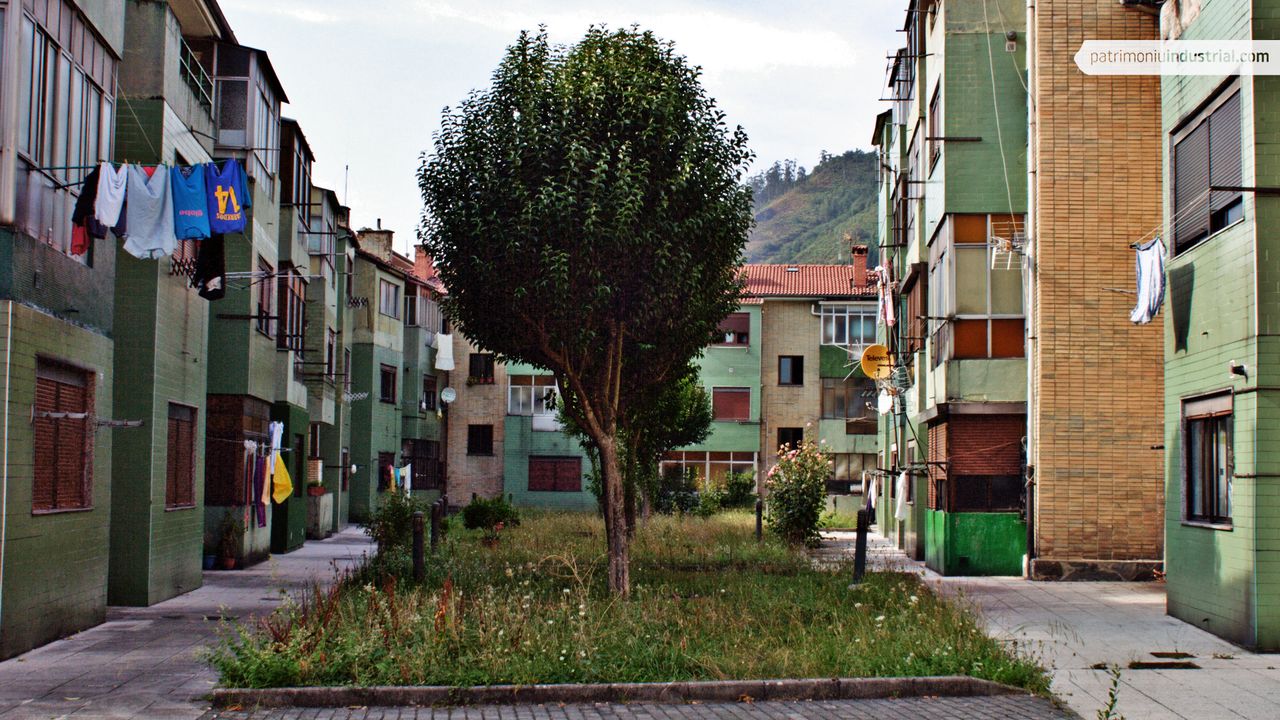
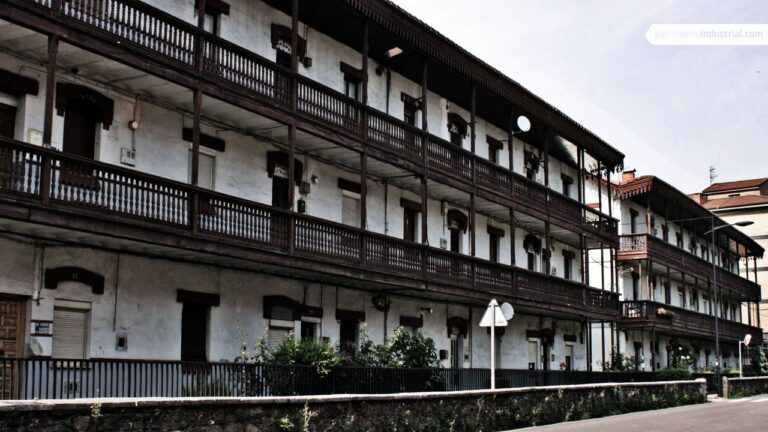
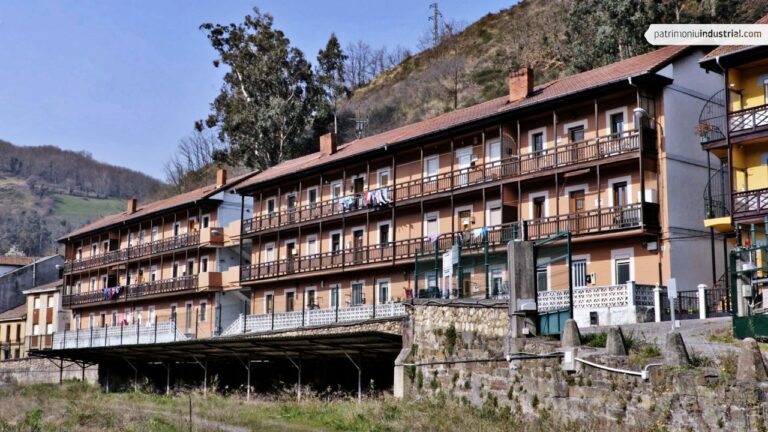
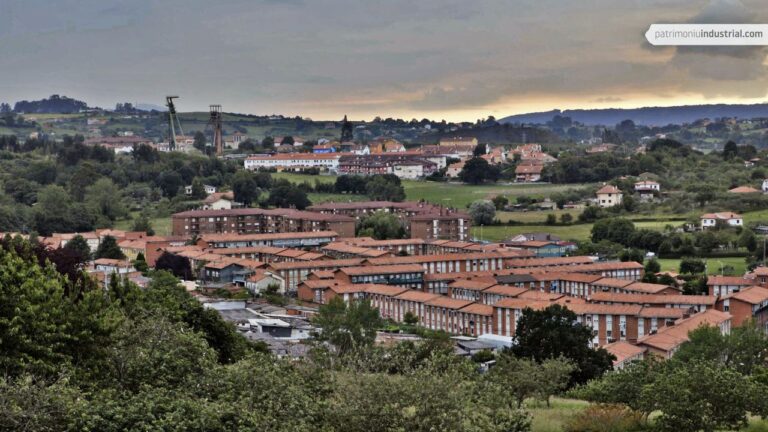

Recent Comments